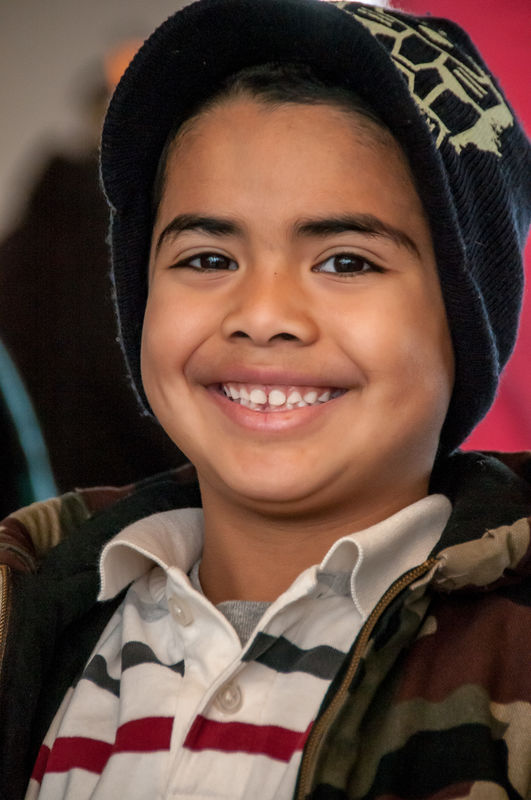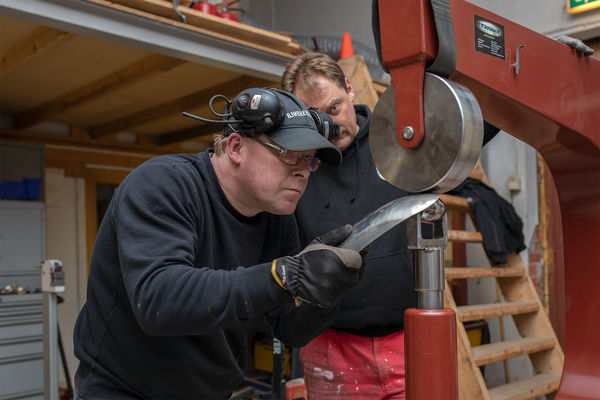Gary Fong Lightsphere
Feb 2, 2019 23:12:39 #
I've been using a Gary fong for quite sometime and enjoy the results.
Flash set at TTL, f8 and Auto ISO. Shoot at parties, indoor. No shadows
behind the subject. Subject is 6ft to 12 ft away. Hope this helps.
Zucco
Flash set at TTL, f8 and Auto ISO. Shoot at parties, indoor. No shadows
behind the subject. Subject is 6ft to 12 ft away. Hope this helps.
Zucco
Feb 2, 2019 23:28:28 #
Feb 3, 2019 04:32:07 #
I use a GF but have never understood why it is a sphere sending light behind me which does nothing to illuminate the subject. Forward ok. Upwards ok. Even to the tight and left, ok. But behind? Can anyone explain the utility of this?
Feb 3, 2019 05:20:36 #
zucco wrote:
I've been using a Gary fong for quite sometime and enjoy the results.
Flash set at TTL, f8 and Auto ISO. Shoot at parties, indoor. No shadows
behind the subject. Subject is 6ft to 12 ft away. Hope this helps.
Zucco
Flash set at TTL, f8 and Auto ISO. Shoot at parties, indoor. No shadows
behind the subject. Subject is 6ft to 12 ft away. Hope this helps.
Zucco
I doubt you'd be able to get results like this with a Fong. No glare, no hotspots, very soft lighting. Manual camera and flash settings (ok, I am old school), but the results I've seen using a Fong have harsh yet flat light, no contour, no dimension. If you are content to just have light on a subject, I suppose the Fong will do. I prefer to look a the quality of that light, setting the bounce situation to provide a little directionality - and using a slow shutter speed whenever possible to allow some ambient light for accent. For this image, however, I used 1/250 sec, due to the strong ambient light behind and to the subject's left side.
Feb 3, 2019 06:02:27 #
Feb 3, 2019 06:23:46 #
catchlight..
Loc: Wisconsin USA- Halden Norway
Yes Gene,
I used the Gary Fong system for a period until I became aware of the power consumption and short comings. Comments from the HOG prodded me to be objective a few years ago.
Yesterday I was able to get 99% usable material at an auto club event using bounce. I alternated surfaces with a single 430EX II in a very large area that was poorly lit with ceiling of 25 foot.
Lets all be honest
... flash photography can be good to acceptable, and occasionally great... but never like a studio setup. Most wedding photography is that trade off. Hitting a high percentage of "keepers" from a normally difficult environment makes you efficient and professional.
Flash for fill outdoor is different and there are other exceptions but for the most part flash is flash...
I used the Gary Fong system for a period until I became aware of the power consumption and short comings. Comments from the HOG prodded me to be objective a few years ago.
Yesterday I was able to get 99% usable material at an auto club event using bounce. I alternated surfaces with a single 430EX II in a very large area that was poorly lit with ceiling of 25 foot.
Lets all be honest
... flash photography can be good to acceptable, and occasionally great... but never like a studio setup. Most wedding photography is that trade off. Hitting a high percentage of "keepers" from a normally difficult environment makes you efficient and professional.
Flash for fill outdoor is different and there are other exceptions but for the most part flash is flash...
Gene51 wrote:
I doubt you'd be able to get results like this wit... (show quote)
Feb 3, 2019 11:00:45 #
Gene51 wrote:
Ditch the Fong thing and just bounce - you'll instantly get better results.
I agree. I was tempted to buy one when they came out but was reluctant. A couple of years ago I picked one up on ebay for $5.00, experimented with it and even used it to shoot one event and the only benefit I could see was when I used it in a small area with white walls and ceiling to bounce off of. Like a lot of people on hear I've experimented with many different methods to improve on camera light but I always come back to my old reliable Lite Genius Super Scoops. Just ordered the new, improved model.
Feb 3, 2019 11:03:06 #
superkool wrote:
Hope someone can help with the issue I’m having involving over exposed pictures when using the Gary Fong Lightsphere inside attached to the Canon Speedlight 430exll and shooting with the Canon 77D on auto setting.
This easily solved get I light meter I meter all my flash shots
Feb 4, 2019 01:11:45 #
dat2ra wrote:
I use a GF but have never understood why it is a sphere sending light behind me which does nothing to illuminate the subject. Forward ok. Upwards ok. Even to the tight and left, ok. But behind? Can anyone explain the utility of this?
The idea behind the G/F is a equaliser you will need to meter your subjects is stead of point and hope it’s another tool in the fight for light I carry a collapsible G/F which works fabulous when I have no white walls to bounce off or very high ceiling.
Feb 4, 2019 05:24:50 #
Leitz
Loc: Solms
superkool wrote:
Hope someone can help with the issue I’m having involving over exposed pictures when using the Gary Fong Lightsphere inside attached to the Canon Speedlight 430exll and shooting with the Canon 77D on auto setting.
This is a bit of oversimplification, but there are several ways to address overexposure with flash. Reduce the sensor's sensitivity (lower ISO). Use a smaller f/stop. Reduce the flash output. Increase the flash-to-reflecting surface distance. Increase the reflecting surface-to-subject distance. Modify the reflecting surface's reflectivity.
As I'm sure you are aware, those who have dumped on your thread with pictures and comments about different systems do you no service.
Feb 4, 2019 06:24:59 #
catchlight..
Loc: Wisconsin USA- Halden Norway
Bounce and forget the gizmo's
Learn how surfaces reflect by spending time doing that. Take several shots moving the flash head.
What you call oversimplification isn't...
Simple is: Start with the ETTL mode setting, 400 ISO, f/4, 1 160 sec, second curtain flash ... then use flash compensation to adjust for over or under exposure.
Once you get comfortable you can go further with f stop for high key/ low key effects ... you will succeed initially with good results and be inspired to enough to go further.
Learn how surfaces reflect by spending time doing that. Take several shots moving the flash head.
What you call oversimplification isn't...
Simple is: Start with the ETTL mode setting, 400 ISO, f/4, 1 160 sec, second curtain flash ... then use flash compensation to adjust for over or under exposure.
Once you get comfortable you can go further with f stop for high key/ low key effects ... you will succeed initially with good results and be inspired to enough to go further.
Leitz wrote:
This is a bit of oversimplification, but there are several ways to address overexposure with flash. Reduce the sensor's sensitivity (lower ISO). Use a smaller f/stop. Reduce the flash output. Increase the flash-to-reflecting surface distance. Increase the reflecting surface-to-subject distance. Modify the reflecting surface's reflectivity.
As I'm sure you are aware, those who have dumped on your thread with pictures and comments about different systems do you no service.
As I'm sure you are aware, those who have dumped on your thread with pictures and comments about different systems do you no service.
If you want to reply, then register here. Registration is free and your account is created instantly, so you can post right away.






